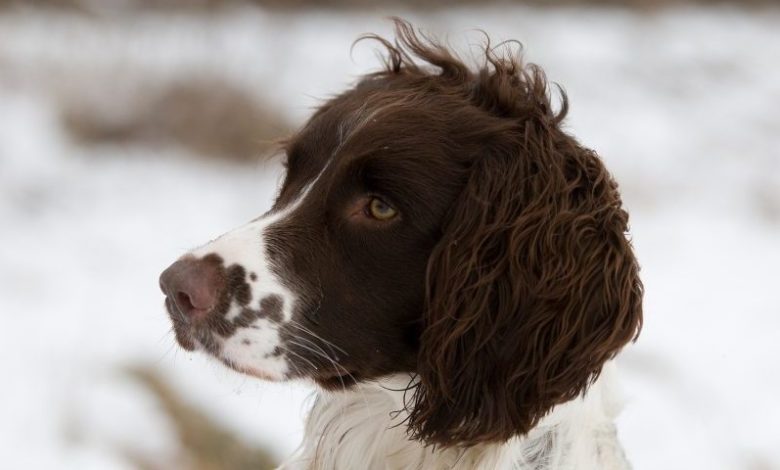Scottish ban on tail docking lifted

The outright ban on all dog tail docking within Scotland has been lifted, Scottish Government has announced.
Environment secretary, Roseanna Cunningham, said that ‘legislation will be changed to permit the shortening of the tails of spaniel and hunt point retriever puppies where a vet believes they are likely to be for use as a working dog and risk serious tail injury in later life.’
Ms Cunningham said: “Scotland is a nation of animal lovers and we take the welfare of our pets, animals and livestock very seriously.
“We have seen evidence that some working dogs are suffering tail injuries so I have decided to allow vets to shorten the tails of Spaniel and Hunt Point Retriever puppies where they believe it will prevent future injuries amongst working dogs.”
The Kennel Club welcomed the new changes. Caroline Kisko, Kennel Club secretary, said: “Whilst we support UK-wide bans on tail docking for aesthetic reasons alone, we have long been disappointed that, unlike in England and Wales, the Scottish Executive did not make any exemptions for working dogs when they banned tail docking under the Animal Health and Welfare (Scotland) Act.
“However we are heartened that our views, supported by the evidence on the tail injuries sustained by working dogs, have been taken on board by the Minister and that an exemption for working dogs will be introduced. This is undoubtedly the right decision and the Minister has the full support of the Kennel Club and Scottish Kennel Club.”
There were mixed reviews from other members of the profession though.
Paula Boyden, Dogs Trust veterinary director: “Dogs Trust is deeply concerned about the announcement that the Scottish Government will allow certain breeds of dogs to be docked. Amputating a puppy’s tail is a painful procedure but it is also unnecessary. Research by the Royal Veterinary College suggests that 500 dogs would need to have their tails docked to prevent one tail injury*.
“Tail docking takes place when puppies are just a few days old and so we also question how it can be ensured that only puppies that will go on to be working dogs will have their tails docked.”
* Research as reported by Diesel, G., Pfieffer, D., Crispin, S. and Brodbelt, D. (2010). Risk factors for tail injuries in dogs in Great Britain. Veterinary Record 166. 812 – 817.













